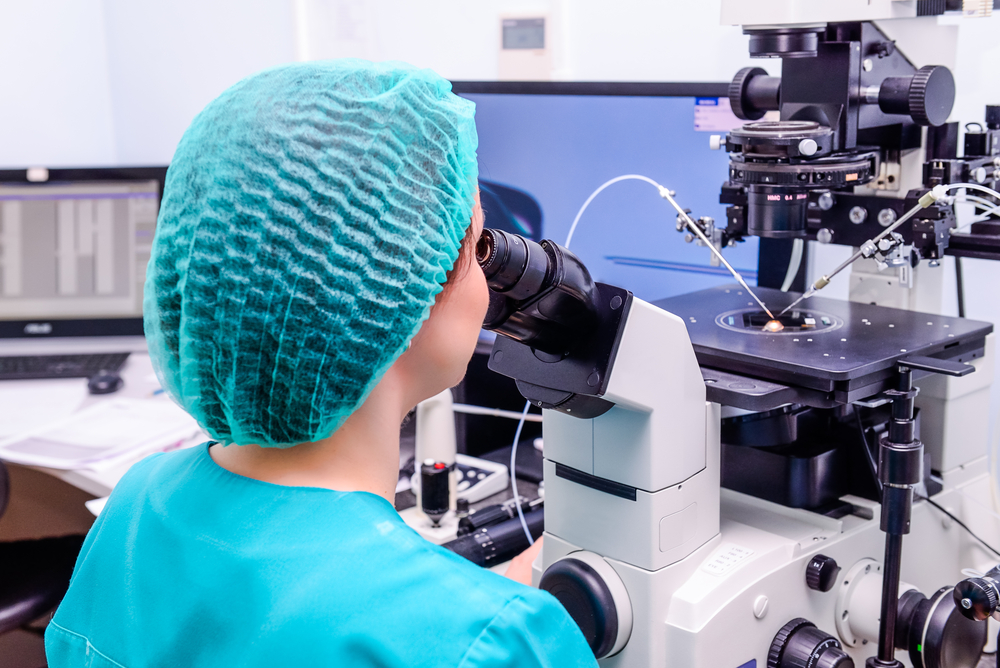If you are having difficulty becoming pregnant and you are considering IVF treatment, then you may wish to know a little bit more about how the process works and what to expect.
It is important to note that there are a range of different IVF procedures and no two cycles are the same, however to give you an idea of what is involved in a typical IVF treatment cycle, we have outlined 7 of the key stages below…
- You and your partner will first need to have a number of physical examinations and tests, such as ultrasounds, sperm analysis and blood tests before you can start treatment.
- If you are considered a good candidate for IVF treatment then you will begin with hormone therapy to stimulate the ovaries to develop more follicles than usual. These hormone injections are self-administered, using very tiny and shallow injections. After 10 to 12 days of injections and careful monitoring by your fertility specialist, you’ll be ready for the next stage of treatment – The egg collection operation.
- 36 hours before this operation takes place you’ll be given one last injection: an HCG injection to trigger ovulation. The eggs are then collected using a relatively quick and painless procedure that involves a vaginal probe with a needle attached to it. This will allow the doctor to access the ovaries and drain the largest follicles containing the most mature eggs. Sedation is normal but a general anaesthetic is not normally required and you can go home shortly after the operation.
- After the egg collection procedure, the sperm and egg will be placed together in-vitro. The embryologist will monitor whether or not the egg and sperm have fertilised, creating an embryo.
- 3 to 5 days after egg collection, the best one or two embryos are transferred into the uterus through the vagina. This is done using a thin tube called a catheter and is usually quick and painless.
- Ideally, the embryo will then implant and become a pregnancy, however it is important to understand that this does not happen in all cases. This is why surplus embryos are often frozen so that another transfer can be attempted without having to repeat the hormone therapy.
- Approximately two weeks after your embryo transfer, you’ll have a blood test to measure your levels of the hormone HCG (human chorionic gonadotropin). HCG in your bloodstream usually means a positive pregnancy test.

